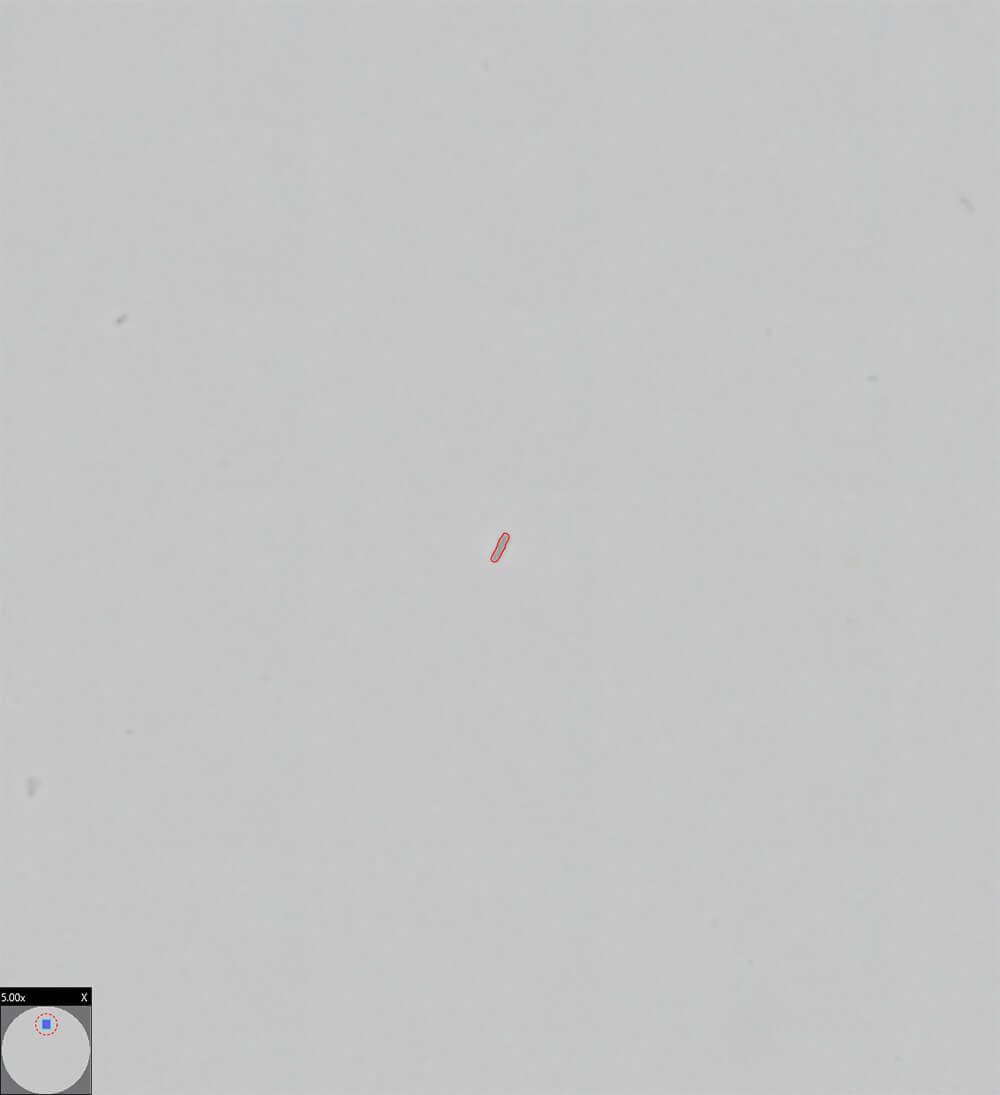

So, for any micron level with a code of 15, there will be a number of particles greater than 160 up to and including 320, as shown in Figure 1.īy following this method, it is easy to understand why the rule of thumb is: For every increase in an ISO code value, the possible number of particles doubles. For the purposes of simplicity, this value was rounded to 320. For example, consider the code of 15.2 to the 15th power equals 32768. This provides the maximum number of particles that a given code value can contain. Figure 2 shows the actual exponential calculations for each code value. This is accomplished by using the ISO code, which is a value that is an exponent of two, dividing that result by 100 and then doing a bit of rounding. Of each level is also nearly double the minimum value of the preceding level. The maximum value of each level is approximately twice the value of the preceding level.
ISO 4406 PARTICLE COUNT CHART SERIES
It's important to understand the concept behind the ISO code table, referred to as the Renard's series table. By using the code, it is much easier to develop target values and report KPIs. The raw data at these micron levels are compared to a standard table and then translated to a code value. In accordance with this standard, the values used from the particle count data are related to the >4, >6 and >14 micron levels. The reporting standard, as previously mentioned, is ISO4406:99. Of course, particle counting alone simply indicates the presence of particles and does nothing to indicate the type of particles present. Monitoring these values also can help confirm the potential presence of large wear particles that cannot be seen through other standard test methods.

This holds true up the entire ISO calibration range.īy measuring and reporting these values, the end user can have an overall understanding of solid particles lingering in the oil. Those particles that are six microns and greater are counted and reported.

For the next level, ≥ 6 micron, only those particles five microns and less are excluded. When reporting particles at the size ranges listed, it warrants noting that the particles measured at greater than or equal to four (≥ 4) microns include ALL particles four microns and greater in size. This standard dictates that automatic particle counters are calibrated to accurately measure particles in accordance with the following values: Automatic optical particle counting calibration follows an established standard, which is ISO11171. Accordingly, frequent and careful calibration is necessary to validate the instruments' continued accuracy. Particle counters are delicate instruments and their precise performance can be a challenge to maintain. This article will focus on the vagaries of the ISO4406:99 reporting standard and review the difference between a reporting and a calibration standard, present the weakness of the reporting standard as it is currently used and consider the weaknesses via a case study. This is a proposal to rethink how industry uses particle count data in oil analysis for condition monitoring purposes.


 0 kommentar(er)
0 kommentar(er)
